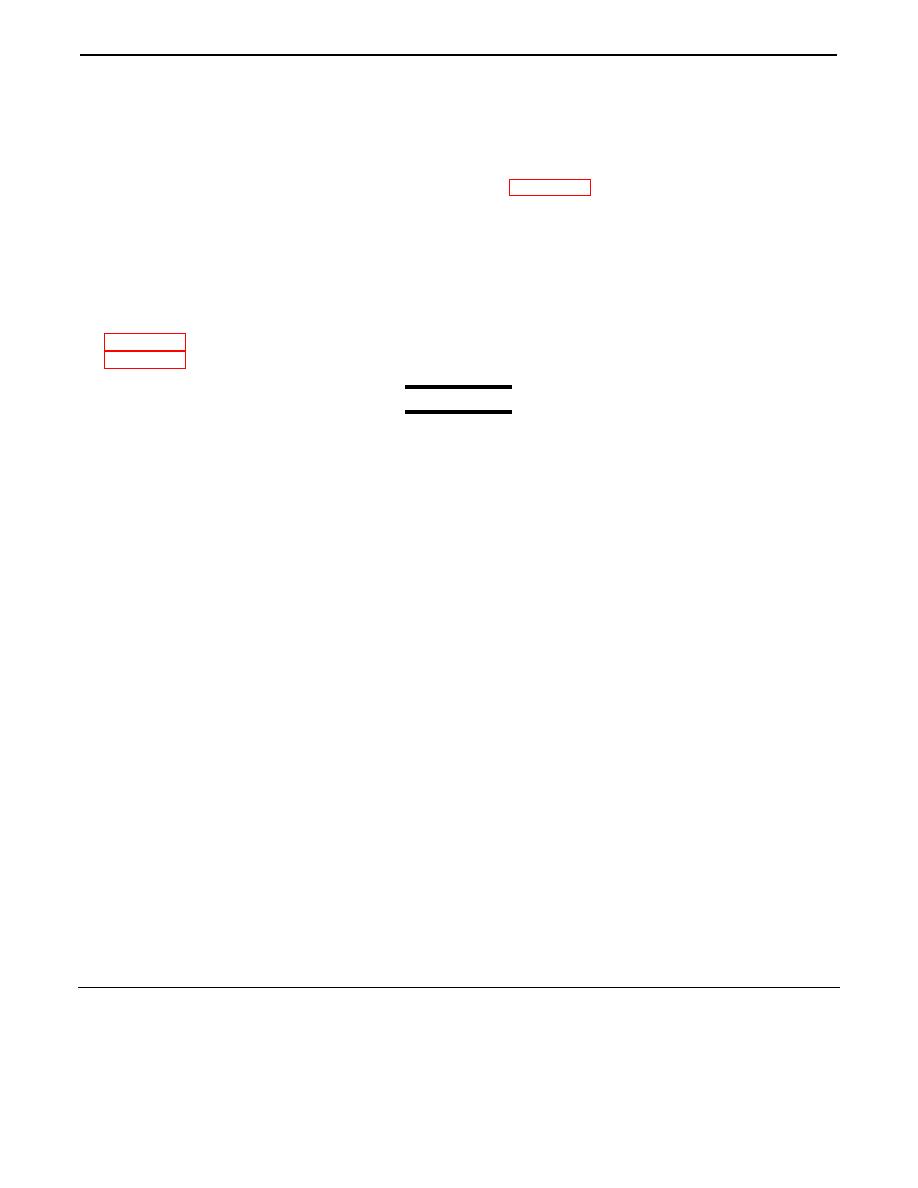
TM 9-4520-271-14
0012 00
INITIAL SETUP:
Test Equipment
References Continued
None
FM 4-25.11
FM 10-67-1
Tools and Special Tools
None
Materials/Parts
None
Personnel Required
One
Equipment Condition
None
References
WARNING
Heat exchanger overheating may damage the ASH and under some conditions a safety hazard may result.
An overheat shutdown occurs when the combustion air and ventilation air fan assemblies are turned off at
the same time when in the heating modes. Always set the control panel MODE SWITCH to the VENT
position for at least 2 minutes when shutting down the ASH from the heating modes.
Contact with hot components can cause burns. Allow ASH to cool down before attempting service,
inspection, or maintenance activity.
FOR FUEL SPILLS, REFER TO FM 10-67-1, CONCEPTS AND EQUIPMENT OF PETROLEUM
OPERATIONS.
Fuel is flammable and toxic to eyes, skin, and respiratory tract. Skin/eye protection is required. Avoid
repeated/prolonged contact. Use only in well-ventilated areas. Keep away from open flames or other
sources of ignition. Post FUEL FLAMMABLE/NO SMOKING signs around the area. Be sure a fire
extinguisher is available.
Fuel on clothing can be fatal if ignited by a static discharge. If fuel gets on clothes, leave the refueling area
as soon as possible, remove clothes, and wash skin with warm, soapy water before getting dressed.
Spilled fuel creates a flammable, vapor-air mixture and fire can take place. Improper positioning of
external fuel source can cause fuel tank to overflow. Stop refueling immediately if fuel spill occurs.
FOR ARTIFICIAL RESPIRATION, REFER TO FM 4-25.11, FIRST AID.
Electrical high voltage cannot be seen but can kill you. Electricity is unlike most other dangerous things
you can come in contact with because it gives no warning and no symptoms to be wary of. Its effect is
immediate. It can kill you, render you unconscious, or severely burn you.
To ensure your safety and that of other maintenance personnel, always observe the following precautions:
DO NOT perform any maintenance on electrical equipment unless all power is removed.
BE CERTAIN that there is someone assisting you who can remove power immediately.
TROUBLESHOOTING PROCEDURES
Continued
Malfunction 7. Low Fuel Pressure Is Indicated

